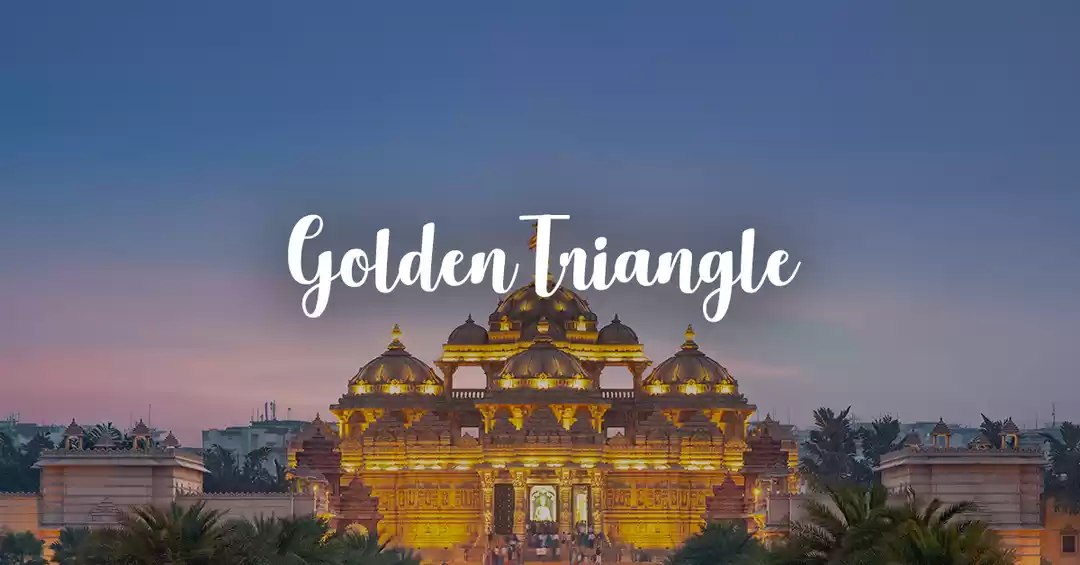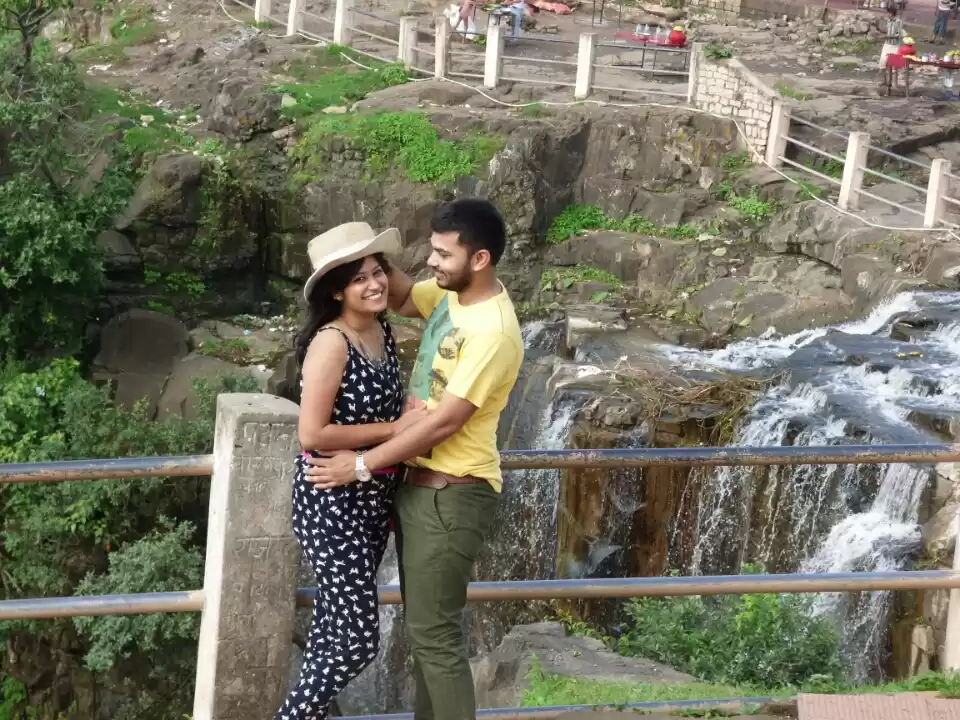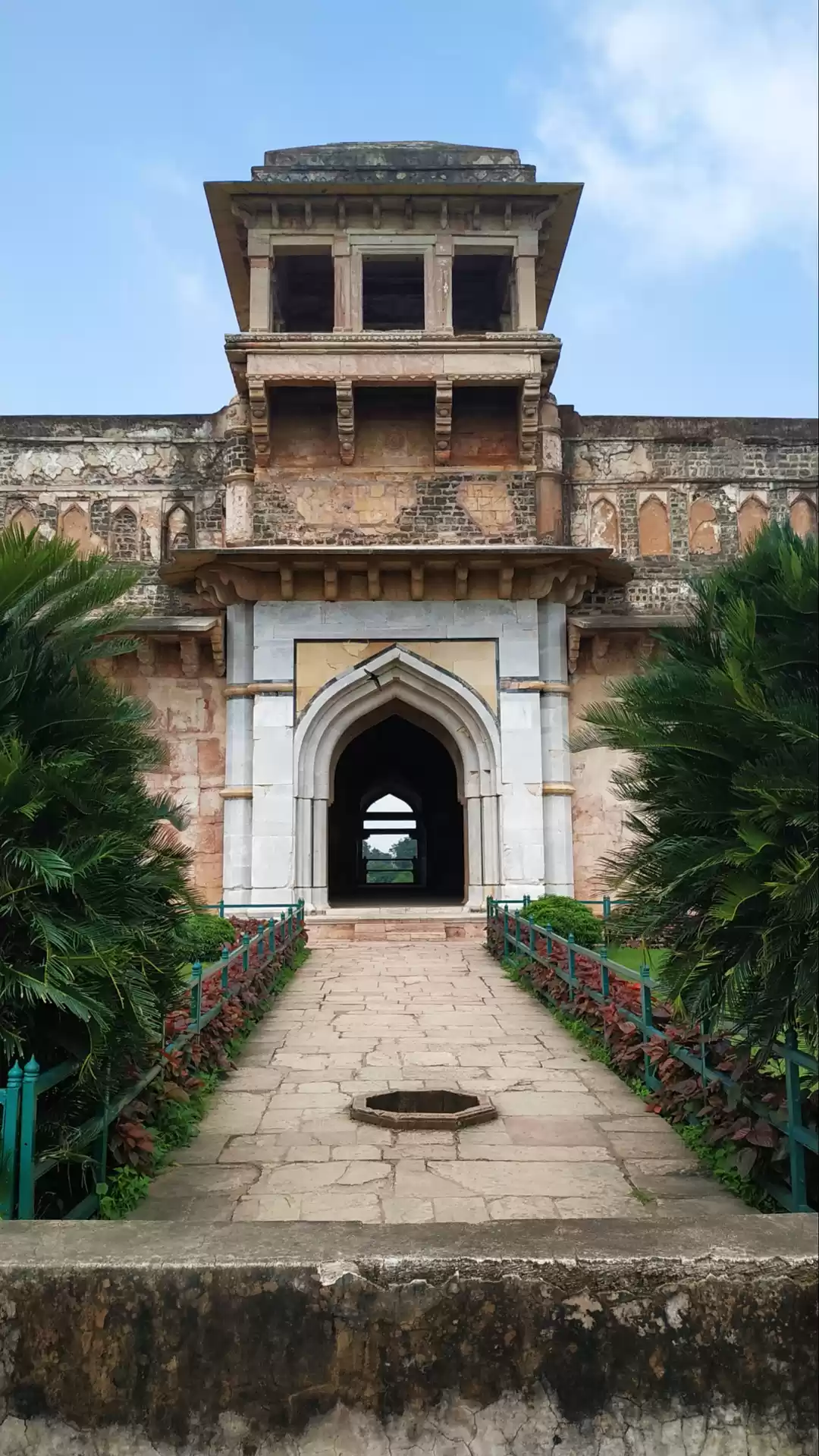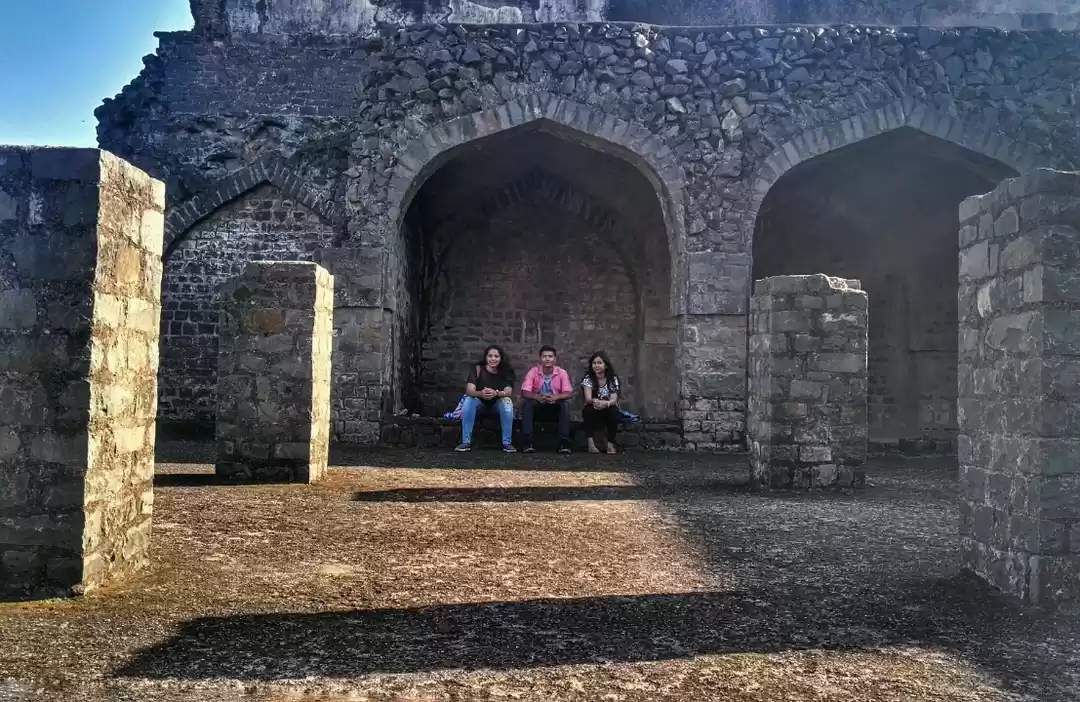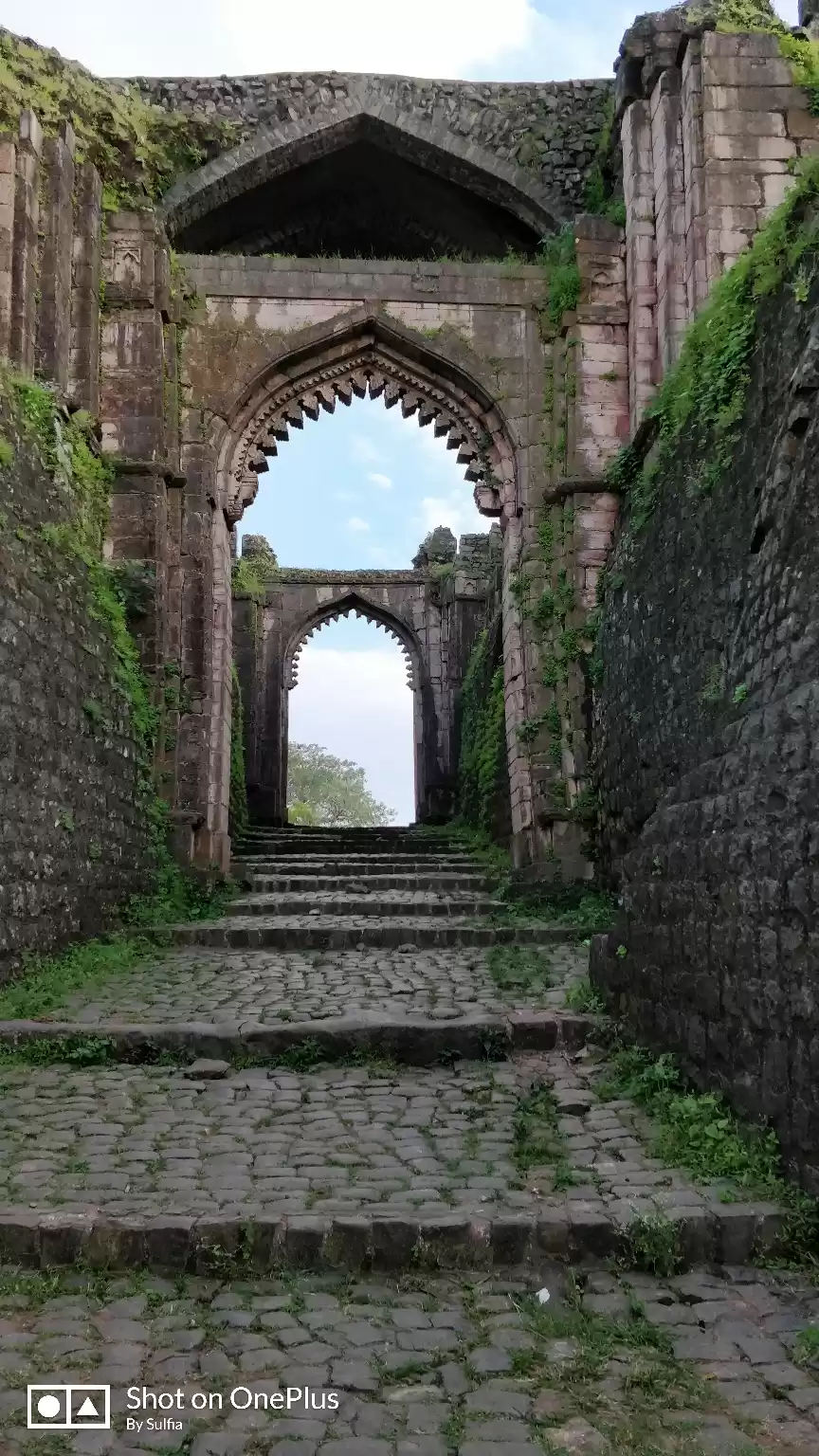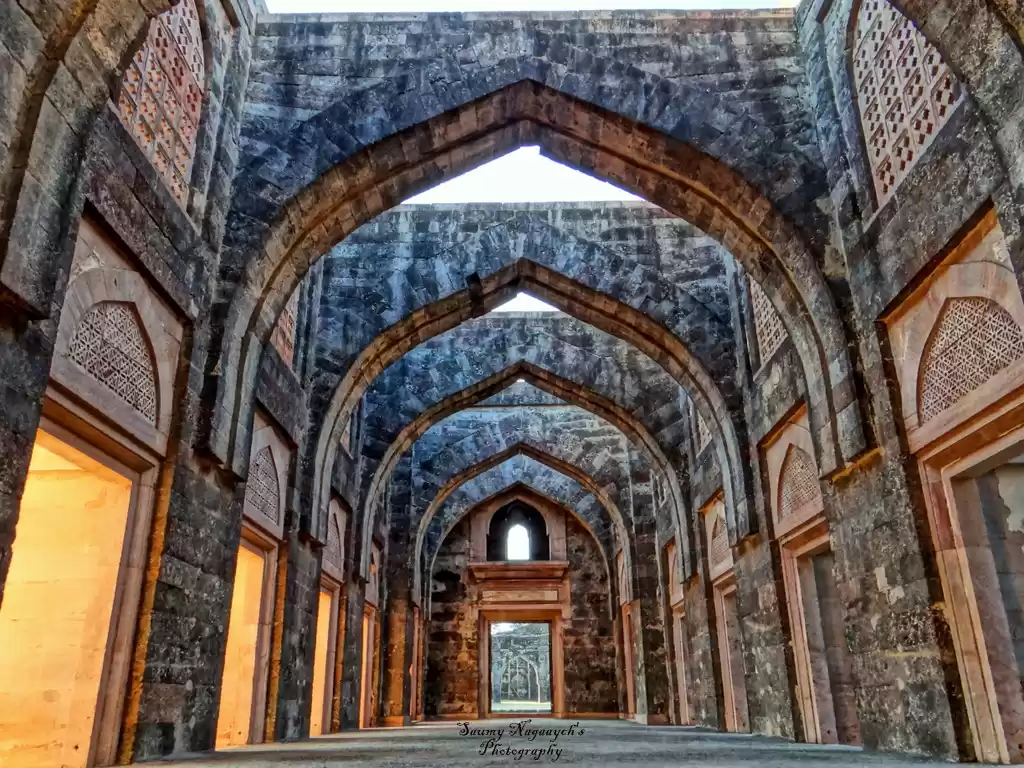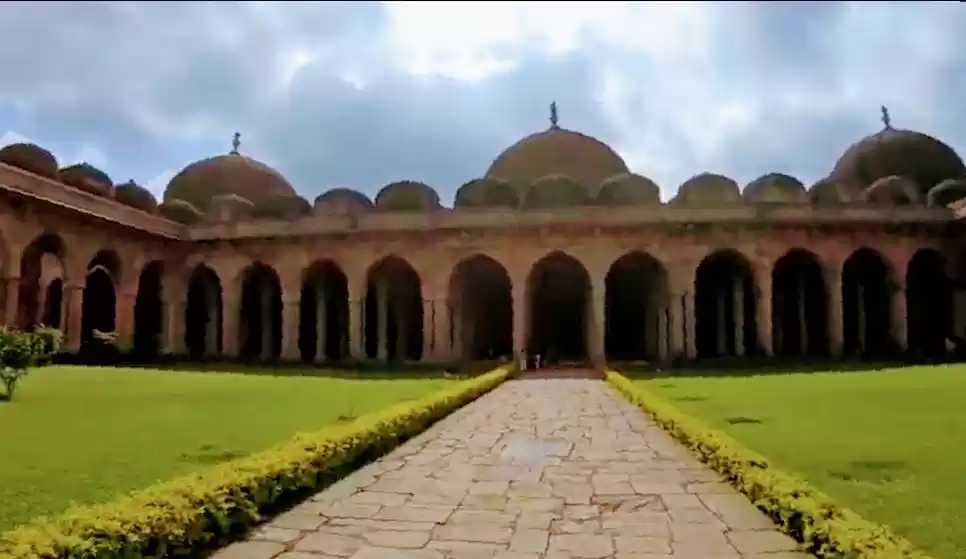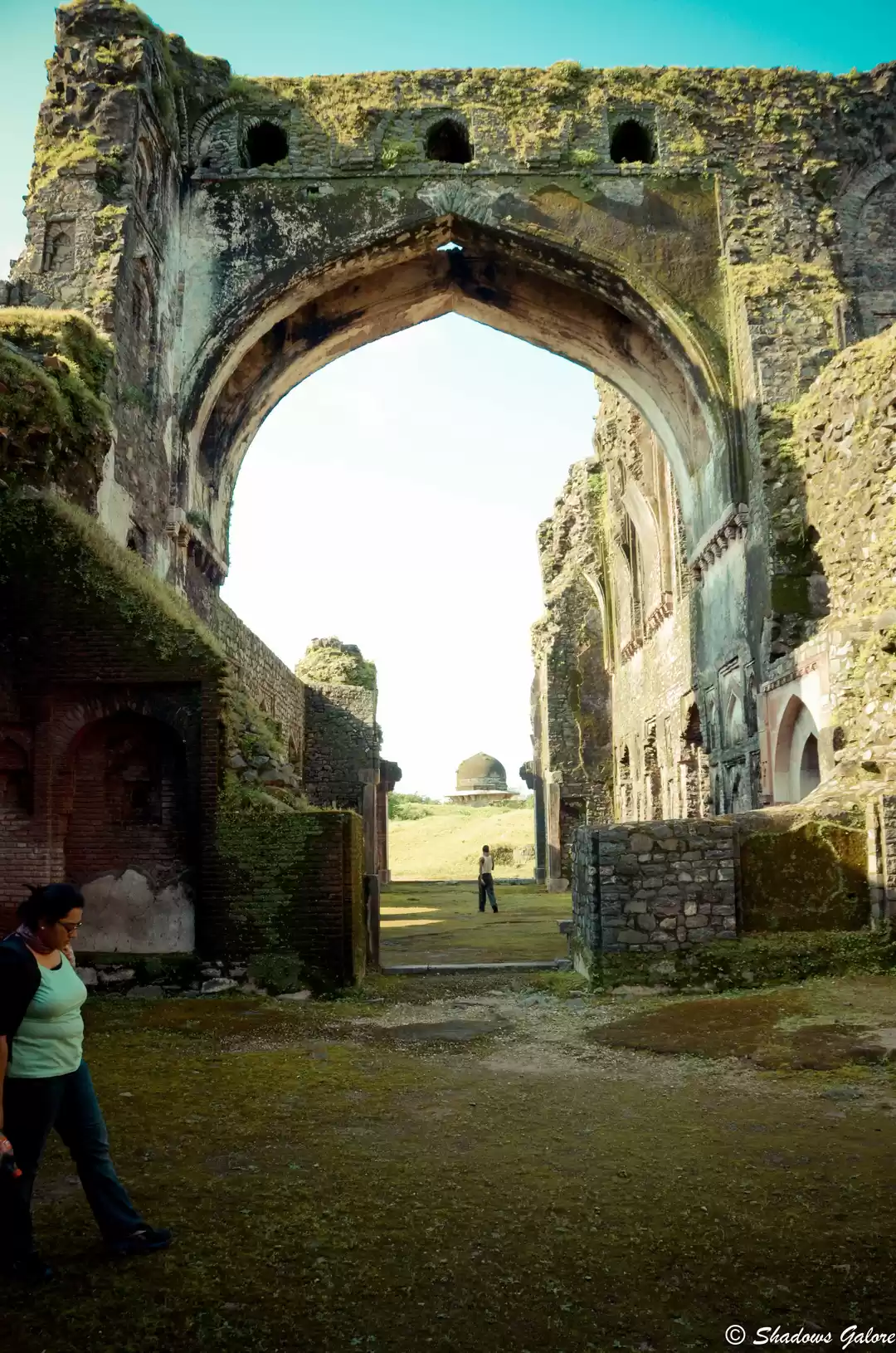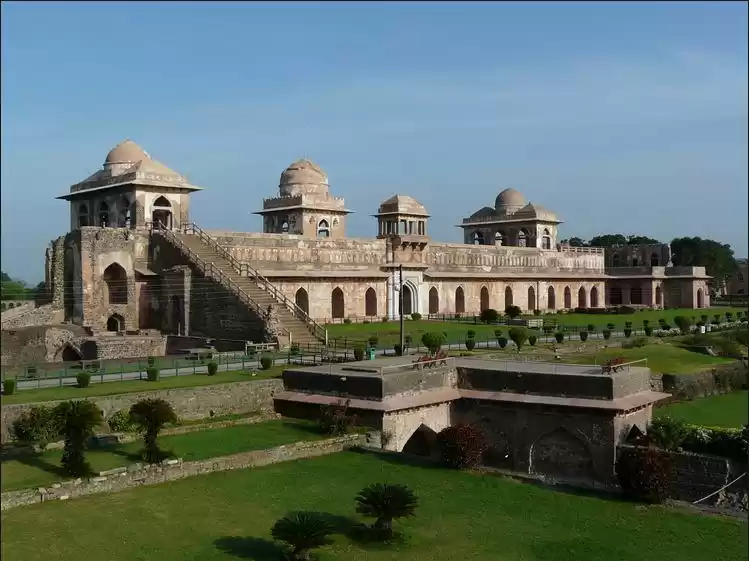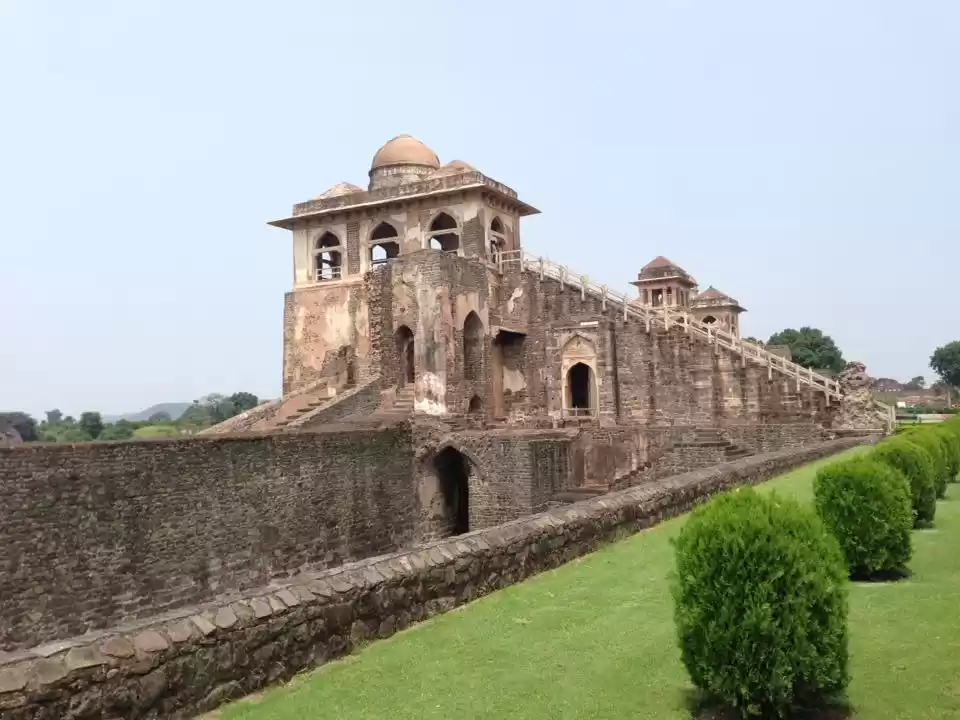Mandu- the gem of medieval Central India, is situated approx. 100 km away from the city of Indore. While in Indore, me and my friend decided to make a day trip to Mandu and then to Maheshwar which is another 39 km away from Mandu.
We hired ourselves a car and left from Indore pretty much early in the morning so that we dont get stuck in traffic and also so that we cover all the important places in the town before it gets dark.
First place of interest on the way is a viewpoint which offers beautiful view of Mandu valley and Kakra Khoh waterfalls. Although Mandu is more famous for the architecture and monumental part of it, visit to this viewpoint definitely helped us make a fresh start to our day!

Our next stop was the Ashmadha Fossil Museum. Apparently,the Narmada river valley around Mandu was home to various species of Dinosaurs millions of years ago. A large scale excavation was carried out in this valley which exposed a lot of buried secrets of the large number of colonies of these beasts. A small but extremely ill-managed museum showcases information on the species of Dinosaurs which made Mandu their home ages ago. A lot of Marine, plant & animal fossils are displayed in the museum- some of which have already been stolen from the museum due to lack of maintenance and security.

From the fossil park, it took us another 10/ 15 minutes to enter the proper Mandu town. While on the way one will see a lot of overgrown vegetation and ruins of various structures and broken tombs popping out from the jungles.

As we entered the town, we were charged a fee to take our vehicle inside Mandu town and thats where a lot of guides started approaching us to help us tour around the town. We hired one for about Rs. 450 and got him to sit in the car to start the tour.
First place where we took a halt was the 'Echo point'. This place in Mandu is very unique as it creates echo- our guide gave us a demonstration of the same by shouting loudly and we heard his voice bounce back to us a few times. Rightly so, the kings built a small structure called 'dai ka mahal' (palace of the wet nurse) at the Echo point so that the dai could be called for if and when there was urgency to attend to the royal newborns. Dai ka mahal is a simple domed structure with Dai's room on the first floor and place for parking buggies on the ground floor stilt.

Next we moved to Rani Roopmati's pavilion situated at the highest point in Mandu. A huge serpentine ramp took us to the base of this small pavilion.
Roopmati was a shepherdess who loved singing. BazBahadur- the last independent king of Malwa happened to listen to her singing one fine day while out on hunting, and fell in love with both, her singing as well as her eternal beauty. The king instantly proposed to her and requested her to come back to Mandu to be with him. Roopmati agreed to go with the king at one condition that she should get the Darshan of her beloved river goddess Narmada every morning and her water for drinking. That is how king BazBahadur constructed a pavilion for Rani Roopmati at the highest point so she could easily see the Narmada river flowing almost 30km from here and a water reservoir called Rewa Kund- was built to house the water of Narmada river to be supplied to the pavilion.

We came down from the ramp and halted at king BazBahadur's palace- which mostly lies in ruins today. Although broken from outside, one can have a walk in the colonnade inside the palace. The palace mainly consists of a large court in the center and royal rooms built around it. This palace also consists of a garden which has a unique water supply system and is still seen here. Just outside the palace is the large Rewa Kund that supplied water to the royal palaces.


Next we visited a very interesting temple- the Neelkanth temple dedicated to lord Shiva. One look at the temple and its architecture will shock you- as the temple is built in red sandstone in Islamic architecture and with persian inscriptions from Quran on the structure. However, the story goes like- here existed a Shiva temple originally which was demolished by one of the generals of Moghul King- Akbar and he created a palace there. However Shiva made his way back to the structure over the years and the structure again started to be known as a place of worship for the lord. (Another version of the story says that this temple was built intentionally by Moghul general Shahbag Khan for Akbar's Hindu wife- Jodha.)
From Neelkanth temple, we moved to the Mandu fort which consists of various famous buildings like Jahaz mahal, Hindola mahal etc.
As we entered the fort, the imposing structure of Jahaz mahal on the left side leaves you awestruck. Shaped like an anchored ship, Jahaz mahal was built during the reign of Sultan Ghiasudin Khilji in later 15th century. This massive structure was mainly built as harem to accommodate various queens, female servants, dancers and courtesans as the sultan was famous for being a pleasure seeker.
110 m long and about 15 m wide, this Ground + one storey is built on the banks of Munja talao making it appear like a large ship. Other than the many rooms located in the mahal, what makes its architecture interesting are the various waterbodies and jacuzzis. The drainage system of the palace is a must see, the way used bathing water was purified in spiral water channels and was then used for gardening purpose probably makes this palace, one of the first 'green buildings' in India.

Not too faraway from Jahaz mahal, within the fort complex is the Hindola mahal i.e. swinging palace. Probably called so due to its sloping walls, this structure was mainly used for recreation by the queens. Hindola mahal is said to be one of the few buildings in ancient India without a structural foundation.
Further ahead is a stepped well known as Champa Baoli which suppied water to the royal baths known as Hamam. Champa baoli other than storing water, also has a lot of underground chambers which acted as the store house for weapons and to hide from the enemy- as told by our seemingly knowledgeable guide.


Around the well are a few Hamam structures for taking bath and steam. In the walls of hamam, one can see channels for hot water laid and also perforations on the dome to throw away the steam from the structure.
Mandu's important monuments are clubbed in 3 different groups- 1. Royal Enclave- which consists of Rani Roopmati pavilion, BazBahadur's palace & Rewa Kund, 2. Mandu Fort- consisting of Jahaz mahal, Hindola mahal, Champa baoli, hamam's, ruined Jalmahal and various underground chambers in the fort. 3. Village group of Monuments- including the Jama masjid, Hoshang shah's tomb & Ashrafi mahal.
Done with the first two groups, we headed to the Jama masjid. Arguably the most majestic building of Mandu- the Jama masjid was built in 15th century by Hoshang Shah Ghori. The domed hall at the entrance of the mosque itself leaves one awestruck at the massive proportion of space enclosed by a single dome. Then comes the massive courtyard around which the mosque colonnade is built. The main chamber of mosque has a central large dome and many small cupolas allover the mosque. Sloping walls/ buttresses seem to be the dominant architectural feature of this mosque just like the Hindola Mahal. The interior of the masjid also has a pulpit (mimbar) which is normally absent in the Indian mosques.

Just adjacent to the Jama mosque is Hoshang Shah's tomb. Built by the king himself, it is a very pretty marble structure sitting within a colonnade made of pillars of demolished Hindu/ Jain temples. The mausoleum consists of graves of Hoshang Shah and his family members.
Just across the street from that of Jama masjid's entrance is the Ashrafi mahal mostly used as madarsa and is now in ruins.
Taking us through the various important monuments and the interesting stories woven around them, we thanked our guide and paid him extra as a token of gratitude.
We then moved to have quick lunch in one of the restaurants closeby and moved to Maheshwar- the capital of Maratha Queen Ahilyabai Holkar!...






